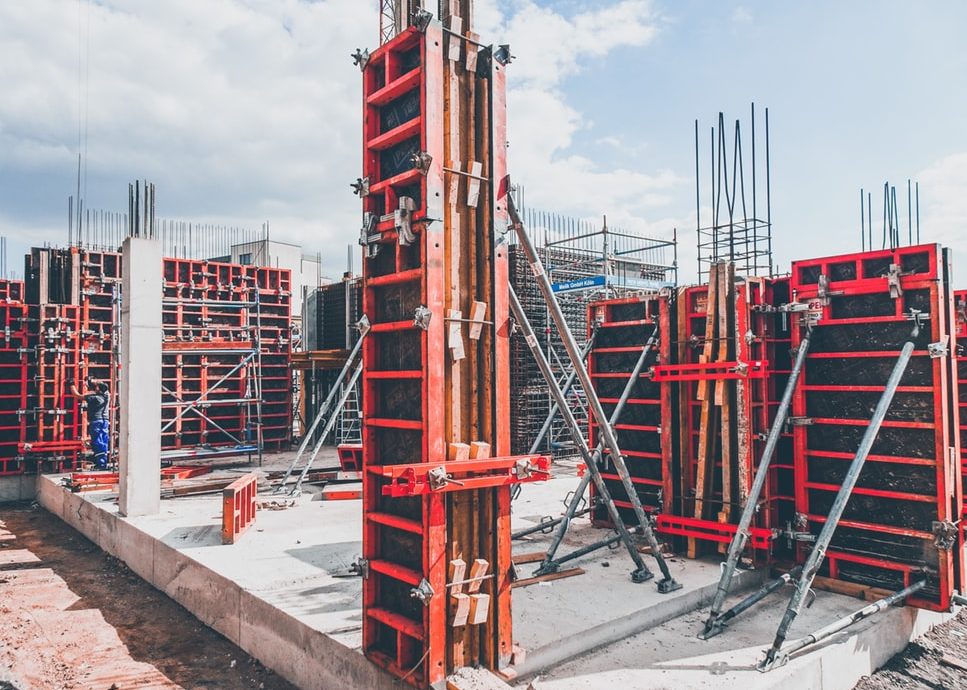
Theft is a major problem on construction sites, with an estimated £800m lost every year from the UK industry alone in stolen materials, equipment, and tools.
To prevent your site from becoming part of this damning statistic in the future, here are 6 of the best is to boost your protection against thieves and vandals.
1. Lock away materials
Building materials are one of the most commonly targeted items on any construction site due to the costly nature of metals such as copper.
Every building project needs these materials on site but that doesn’t mean that they need to be out in the open for all to see when not in use.
Keeping target materials in a secure location such as sheds or storage trailers until such time that they are actively needed on site, is a good way to make it harder for thieves to access them and make your site a less attractive prospect.
Shipping containers are another low cost but highly effective storage method that you could use for this purpose.
2. Keep equipment and tools away from the perimeter
Just because storing equipment and tools on site overnight is a necessity, doesn’t mean that you need to advertise the fact that there are there
When construction work ends for the day, making sure that all equipment is moved out of sight away from the perimeter fence will make the challenge of stealing them much more intimidating for thieves.
If you can take equipment back to the main yard then great, but if not make sure that all vehicles have their keys removed and that they cannot be reached from outside the fence or easily slipped through the fence by a staff member.
3. Only use materials when necessary
One of the biggest flaws in Building Site Security that we see on a daily basis, is equipment and materials left lying around for days on end without being used.
This is a risk that just isn’t worth taking and taking simple steps like ensuring materials are only delivered the day before being used, as opposed to several days, and moving vehicles off site once their services are no longer required are easy but highly effective ways to limit your risk.
4. Ensure there is enough lighting on site
Criminals thrive in dark poorly lit areas, giving them plenty of cover to sneak around unnoticed on your property.
Make sure that your construction site is well lit at night-time to increase visibility and that you always park vehicles in central locations close to light sources.
If you are looking to save money, then motion detected lights may be a good idea as these will not run the entire night but only be activated when necessary.
5. Install Surveillance Cameras
Having CCTV on your site can hugely improve your defence against vandals, thieves, and trespassers.
CCTV footage can not only help the police to track down intruders and possibly retrieved stolen goods after an incident, but your security team will also be able to monitor the feeds live and respond to intrusions in real-time, often intercepting potential criminals before any harm is done.
You may think that construction sites are not best suited to CCTV installation, due to a lack of mains electricity and often difficult to navigate terrain, but thanks to modern technology, this is no longer a barrier.
You can now install eco mobile CCTV towers on your construction site that run on batteries or solar and can easily be put in place, moved, and removed, with minimal disturbance.
To maximise energy efficiency even further you could opt for a motion detector activated CCTV system that only turns on when virtual tripwires are triggered by activity on your site.
This will ensure that you never miss an important moment in any key areas without having to worry about your system running out of battery.
6. Keep detailed records
The best way to track the movement of people and equipment is to keep detailed records of activity on your site.
An inventory will help you to identify if anything has gone missing and ensure that you are not purchasing too many materials or supplies that will be left lying around the site.
You should also ask for regular patrol reports from your security personnel based on their observations around the site.
They will be able to use their extensive security experience to identify potential weaknesses in your security and make recommendations for how to resolve them.
Contact Prime Secure
Prime Secure have been providing bespoke security solutions to commercial customers across the UK for over 25 years.
We specialize in construction site security, using a proven combination of alarm systems, SIA licensed security guards, and mobile CCTV towers to create a powerful security system to help protect your site and staff.
For more information, or to arrange a free site survey, contact us today.






